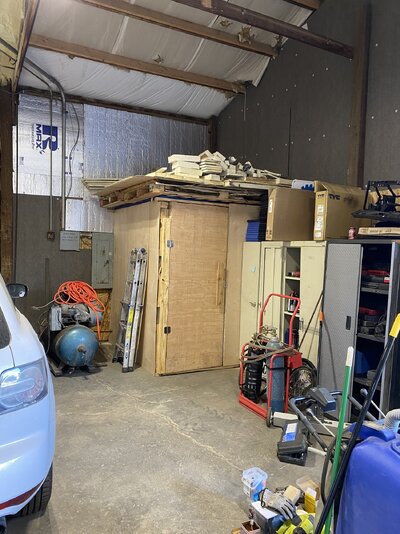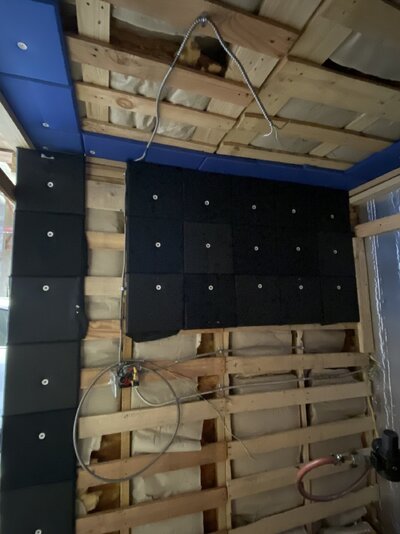Thanks. Somehow, I manage to do something useful every once in a while, that keeps me around. This year it was building some new pallet wood raised beds and adding a trellis system for Dear Wife to grow her bitter melons.
Each year I am adding a few more raised garden beds. I'm up to pallet wood raised garden bed version 2.0, with a few improvements over my version 1.0 from previous years. But I might be stuck on version 2.0 for a while because I have not thought of a way to improve it for my use.
If I have time before winter hits, I would like to build another 2 raised beds and get them ready for next spring.
For anyone not familiar with my pallet wood raised garden bed version 2.0, here is a picture of it...
View attachment 3663692
The advantages to this new design is that I was able to use the 2X4 stretchers without cutting them. They made the top and bottom frame. Notice how the notches in the boards are facing each other. Not only do I think that looks nice, but the real benefit is that the 16-inch high boards behind it are nailed to the top and bottom of the strectchers and provide support for the entire 16 inches.
I went with 16 inches high because I can then use the circular saw method to cut off the pallet plants between the 2X4 stretcher. That's the fastest for me to break down a pallet. That usually gives me a cut plank pieces of 17-18 inches, which I trim down to 16 inches with squared off ends.
If you look closely, you will see that I use some 16 inch high 2X4 pieces in each corner to add more strength to the framing. Then I nail in the pallet planks to the inside of the frame using my powered brad nailer. That goes really fast. I don't need really big nails or screws because the soil inside the raised bed is pushing the plank pieces against the 2X4 framing, holding the boards in place even better. No sidewall blowouts in this design with the 2X4 framing on the outside.
The pallet wood was all free. I estimated that I used less that $2 in screws and brad nails for the build of each 4X4 foot raised bed. Anyways, that's my version 2.0 of my pallet wood raised beds. If anyone has improvement suggestions, I am always listening and learning. Thanks.
That's similar to my fencing compost method.Stackable, Interlocking Compost Bins!
I found an interesting approach to hot composting bins on a thread from this past spring. After looking at the pictures and the plans, I could see where one could easily use pallet wood for this project.
First of all, giving credit to the member who posted the link...
OK, now some pictures to peak your interest. Here is the compost bin all stacked up and interlocked...
View attachment 3705862
Looks pretty nice to me. But here is where the design really shines. Each layer of that compost bin can be removed and restacked in another place. For example, if you practice hot composting and you need to turn the pile, you simply start taking off the top portion of the compost bin, set it on the ground next to the original pile, and then start moving the compost material into the new bin you are building.
Here is how they show it on their website...
View attachment 3705863
I think that's a pretty interesting way of turning and rebuilding the compost bin!
If you are interested in that design, here is a link to the Free Compost Bin Plans.
Not a difficult design to build, just look at the detailed picture of this...
View attachment 3705868
From the outside...
View attachment 3705869
View attachment 3705871
If you are into hot composting, and building stuff with wood, then maybe this design is just what you are looking for. Lots of advantages to this system.
I have a bunch of full-sized pallet wood bins hiding underneath some trees. They work great but cannot be easily moved. I just fill the bins and let them sit for years, cold composting. I really like the stackable, interlocking idea here because you don't have to be super strong to take apart this compost bin, one level at a time, and move it to wherever you want. If you want to practice hot composting, I can see where this stackable bin approach has many advantages when it comes to turning the pile over and rebuilding it in a new bin.






